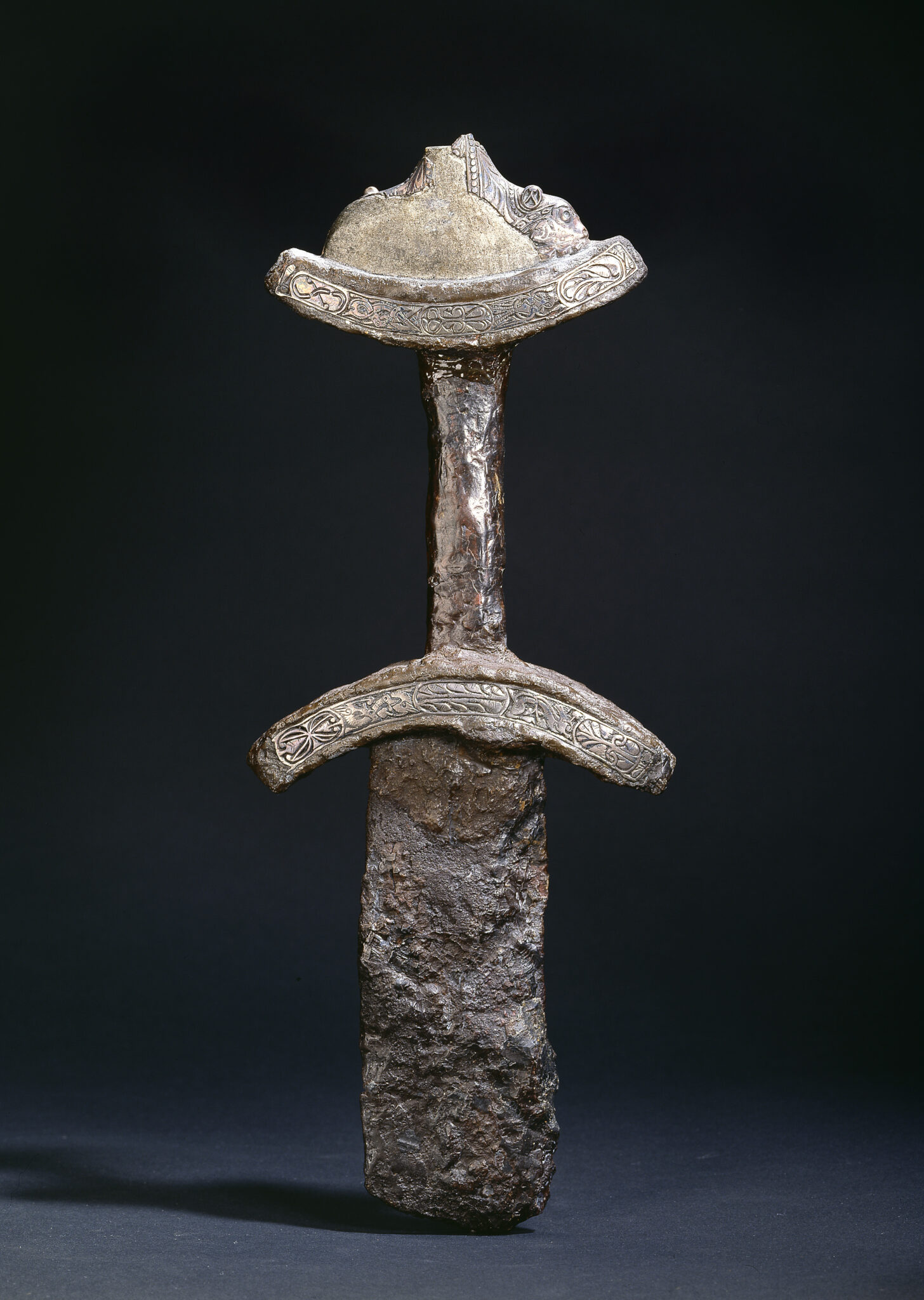19 August 2024
|
A new exhibition has opened at the Athelstan Museum in Malmesbury, Wiltshire to celebrate the 1,100th anniversary of Athelstan’s accession as king.
About the Athelstan 1100 exhibition
The Athelstan 1100 exhibition opened on 2nd July and runs until 20th September. The Athelstan Museum has assembled an important group of objects to celebrate his life and association with the town of Malmesbury.
Some of the key exhibits on show include a group of coins with links to Athelstan, his descendants and his forebears, which was curated by Bradley Hopper of Noonans Auctions. Among these coins are 4 from Athelstan’s reign, one of which is on loan from the Angelcynn Collection and originates from a large hoard buried in the early years of Athelstan’s reign. Found during construction work in the Vatican in 1928, it is thought to have been carried by one of the pilgrims who made the journey to Rome during the 9th and 10th centuries.

Above: This coin comes from a hoard buried in the early years of Athelstan's reign and was found during construction work in the Vatican in 1928.
Related article: A quick introduction to collecting Anglo-Saxon coins
Other exhibits include the Abingdon sword, which is on loan from the Ashmolean Museum, dates from around 875 CE, during the reign of Alfred the Great, Athelstan’s grandfather. The style of sword would have still been in use during Athelstan’s reign. Athelstan’s Charter can also be seen by visitors to the Athelstan 1100 exhibition. This dates from 939 CE and ratifies a grant by Athelstan of land in Meopham, Kent, to one of his noblemen. What makes this charter so special, it that many Anglo-Saxon charters only exist as later medieval copies, but this charter is an original document produced in Athelstan’s presence and approved by him.

Above: The Abingdon sword dates from around 875 CE and is on loan from the Ashmolean Museum
Related article: Unique Anglo-Saxon silver coin, minted during the reign of Æthelberht II, found in East Anglia
Who was Athelstan?
Athelstan was the son of Edward the Elder and grandson of Alfred the Great. At the time of his birth, he was considered illegitimate but his mother Egwina, who was the king’s mistress, later became queen.
When his father died in 924, Athelstan was the oldest son and was quickly proclaimed king by the Mercians. The West Saxons proclaimed Aelfweard, Edward’s second son, but the first born to Edward as king, as the new king. However, within around a month Aelfweard also died and as a result on 4th September 925 Athelstan was crowned King of Saxons and Angles at Kingston-upon-Thames.
Athelstan was a good leader and a strong character and was dubbed ‘Athelstan the Glorious’. He subdued rebellions in Wales and Cornwall and eventually in July 927, the kings of Scotland and Strathclyde swore allegiance to him. However, they later joined with the Danish King, Olaf, against him but were defeated at the battle of Bruanburh. With this defeat, Athelstan could now claim to the King of All England.
During his reign he encouraged the establishment of burhs where trade could take place, which laid the foundation of a rural economy. He also reformed the currency and his head would be seen on silver pennies. He died on 27th October 939 in Gloucester after only 14 years on the throne.







